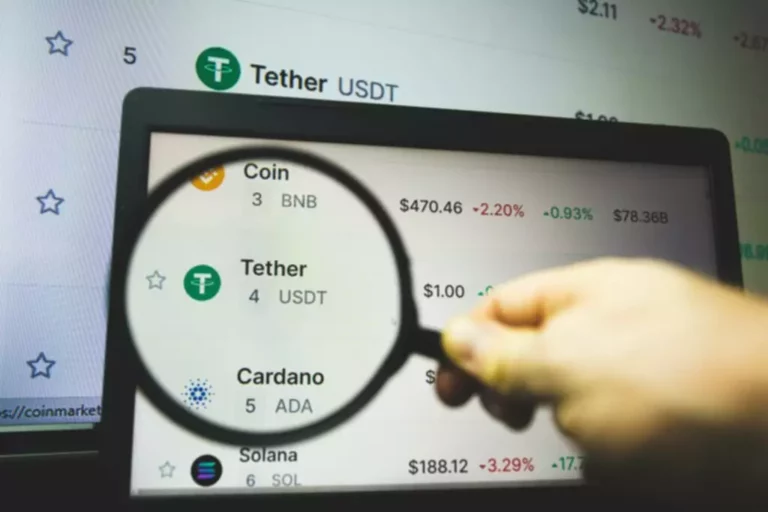FILLiquid Announces OG Role Campaign With 2 Million $FIG Pool After Testnet Hits 14,000 Wallet Participants
Users supply assets to these pools to earn interest, and these supplied assets are made available for others to borrow. Interest rates are typically determined algorithmically based on the current supply and demand for the underlying assets. To understand how liquidity pools work, you must understand the CFMM (also known as the constant product market maker or CPMM for short). Automated Market Makers using liquidity pools provide constant liquidity, as trades always have a counterparty (the pool itself). This model can offer lower slippage in markets with stable and high liquidity but may suffer from higher slippage during large trades.
With pools and AMMs, users can swap assets more quickly, smoothly, and at any time of the day. Besides, they allowed DeFi projects to leave the use of order books behind, which, unfortunately, made the swapping process more centralized. I ventured into a boosted liquidity pool on swaap.finance, attracted by the promise of higher returns. The utilization of oracles for real-time data feeds and dynamic pricing ensured that my assets were utilized efficiently.
When the price of one asset in the pair increases significantly compared to the other, LPs may experience impermanent loss. This happens because, when they withdraw their liquidity, they receive fewer assets than they initially deposited, making it seem like a loss. However, impermanent loss can disappear or become permanent depending on the price movement of the assets. One of the key attractions for LPs is the opportunity to earn rewards, a form of passive income. When traders make swaps, they pay a fee, a portion of which is distributed to the LPs.
It’s crucial to consider slippage when executing trades to avoid unexpected losses. Traders often employ various strategies such as limit orders and smaller trade https://www.thepearworkshop.com/BeadMaking/fabric-beads-how-to-make sizes to mitigate slippage. Cryptocurrency and decentralized finance (DeFi) have opened up a world of opportunities for individuals to generate passive income.
AMMs are at the core of several of DeFi’s most popular protocols and apps. They’re decentralised trading pools that let you provide liquidity directly to markets when you buy and sell cryptocurrencies. Automated Market Makers (AMMs) have undeniably http://smalti.ru/russkoe-iskusstvo-19vek-1/portretnaya-givopis/ reshaped the crypto trading landscape, offering a decentralized and efficient solution for traders and liquidity providers alike. They’ve democratized the trading process, allowing anyone to participate regardless of their capital size.
In this blog post, we delve into the role of liquidity pools and AMMs in memecoin ecosystems, exploring how they contribute to price stability and facilitate efficient trading. Balancer, a decentralized automated portfolio manager and liquidity provider, offers boosted liquidity pools that allow users to amplify their passive income potential. By staking liquidity pool tokens (LPTs) in Balancer’s pools, users can earn additional rewards on top of the standard trading fees.
While I initially felt like I was losing out, I soon realized that it’s not a guaranteed loss unless you withdraw your liquidity during a dip. 40,000+ traders & investors trust Market Meditations on their journey to achieve financial freedom and build wealth through crypto. Scalability remains a concern in the DeFi space, with high gas fees and network congestion on the Ethereum network. Layer 2 solutions, such as Optimistic Rollups and zk-Rollups, are poised to address these issues. AMMs that integrate with Layer 2 solutions can offer users a more cost-effective and efficient experience.
Liquidity pools play a major role in how decentralized exchanges (DEX) function. Learning how they operate could mean the difference between a good and a bad day in crypto — here’s what to know. To put it simply, if the price of a cryptocurrency in the pool changes significantly compared to when you added it, you may experience impermanent loss. However, it’s crucial to remember that this loss is “impermanent” because it decreases as the pool returns to equilibrium. As DeFi evolves, liquidity pools are likely to remain a focal point of innovation and development.
Liquidity providers are the backbone of AMMs, and they play a pivotal role in ensuring the seamless swapping of digital assets. These providers deposit their assets into liquidity pools, and in return, they receive pool tokens that represent their ownership stake in the pool’s total value. This process serves as the lifeblood of AMMs, facilitating efficient and decentralized trading.
- Liquidity is the ease with which an asset or security is converted into cash without significantly affecting its price.
- If you needed cash at short notice, you wouldn’t be able to sell one of your properties to meet that immediate demand.
- The second product is $FIG Farming, which allows users to stake their $FIT tokens (minted in the $FIL Staking product) to farm $FIG.
- This occurs when the relative price of the deposited assets changes compared to when they were deposited into the pool.
Whether you’re a DeFi enthusiast seeking to maximize returns or a newcomer looking to explore the world of passive income, AMMs offer a world of possibilities. Remember that success in DeFi often goes hand in hand with continuous learning, adaptability, and responsible risk management. Remember, while the DeFi space offers the potential for passive income and financial empowerment, it also carries risks.
Market makers allow customers to buy and sell with ease through their services. On the other hand, if you are an LP, you may have to do a little more research. Liquidity pools using stablecoins typically have lower volatility and lower risks of impermanent loss.
It works similarly to Uniswap but provides more dynamic features, enabling it to have more applications besides acting as a simple liquidity pool. For example, it supports custom pool ratios, multi-asset pools, and dynamic pool fees. Multi-asset pools function http://worldgta.ru/viewpage.php?page_id=68 as an index in crypto and act as a distinct feature of Balancer. With limit orders, the trades only execute when the price for a buy order matches a sell order. On the contrary, liquidity pools allow for a more immediate execution, as described earlier.
This is a key contributing element, as the most successful liquidity pools must have a large amount of transactions. Larger and more active pools typically offer more stable returns and lower risks of large price impacts. However, they might offer lower percentage yields compared to smaller, higher-risk pools. Although the DEX liquidity pool is the most known type, there are liquidity pools for many other financial activities. Impermanent loss occurs when the value of assets in a liquidity pool diverges from the value of those assets held outside the pool.
It allows anyone to swap ERC-20 tokens directly from their wallets, and anyone can become a liquidity provider and earn fees from trades. At the core of an AMM is a smart contract, a self-executing contract with the terms of the agreement directly written into code. These innovations could make AMMs even more central to the DeFi ecosystem. My foray into the world of AMMs began with a mixture of curiosity and caution. I started by allocating a small portion of my portfolio to a well-known Ethereum-based liquidity pool.








